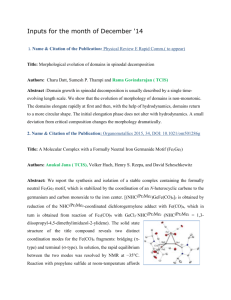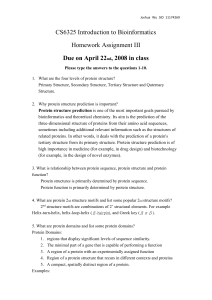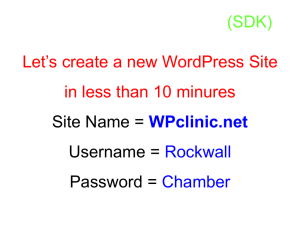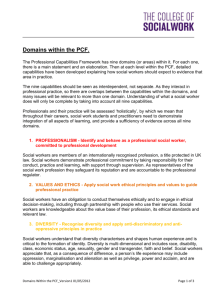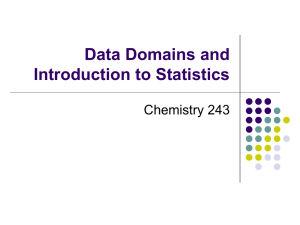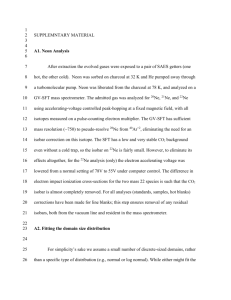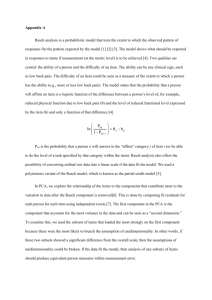outcomes mental
advertisement
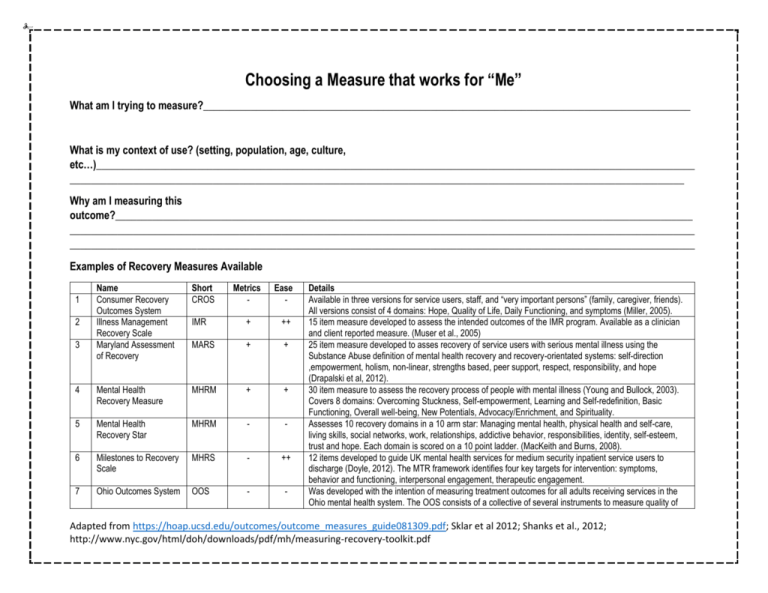
Choosing a Measure that works for “Me” What am I trying to measure?____________________________________________________________________________________________ What is my context of use? (setting, population, age, culture, etc…)_________________________________________________________________________________________________________________ ____________________________________________________________________________________________________________________ Why am I measuring this outcome?_____________________________________________________________________________________________________________ ______________________________________________________________________________________________________________________ ______________________________________________________________________________________________________________________ Examples of Recovery Measures Available Name Consumer Recovery Outcomes System Illness Management Recovery Scale Maryland Assessment of Recovery Short CROS Metrics - Ease - IMR + ++ MARS + + 4 Mental Health Recovery Measure MHRM + + 5 Mental Health Recovery Star MHRM - - 6 Milestones to Recovery Scale MHRS - ++ 7 Ohio Outcomes System OOS - - 1 2 3 Details Available in three versions for service users, staff, and “very important persons” (family, caregiver, friends). All versions consist of 4 domains: Hope, Quality of Life, Daily Functioning, and symptoms (Miller, 2005). 15 item measure developed to assess the intended outcomes of the IMR program. Available as a clinician and client reported measure. (Muser et al., 2005) 25 item measure developed to asses recovery of service users with serious mental illness using the Substance Abuse definition of mental health recovery and recovery-orientated systems: self-direction ,empowerment, holism, non-linear, strengths based, peer support, respect, responsibility, and hope (Drapalski et al, 2012). 30 item measure to assess the recovery process of people with mental illness (Young and Bullock, 2003). Covers 8 domains: Overcoming Stuckness, Self-empowerment, Learning and Self-redefinition, Basic Functioning, Overall well-being, New Potentials, Advocacy/Enrichment, and Spirituality. Assesses 10 recovery domains in a 10 arm star: Managing mental health, physical health and self-care, living skills, social networks, work, relationships, addictive behavior, responsibilities, identity, self-esteem, trust and hope. Each domain is scored on a 10 point ladder. (MacKeith and Burns, 2008). 12 items developed to guide UK mental health services for medium security inpatient service users to discharge (Doyle, 2012). The MTR framework identifies four key targets for intervention: symptoms, behavior and functioning, interpersonal engagement, therapeutic engagement. Was developed with the intention of measuring treatment outcomes for all adults receiving services in the Ohio mental health system. The OOS consists of a collective of several instruments to measure quality of Adapted from https://hoap.ucsd.edu/outcomes/outcome_measures_guide081309.pdf; Sklar et al 2012; Shanks et al., 2012; http://www.nyc.gov/html/doh/downloads/pdf/mh/measuring-recovery-toolkit.pdf 8 Peer Outcomes Protocol POP 9 Personal Recovery Outcome Measure PROM 10 Psychosis Recovery Inventory Questionnaire Process of Recovery (QPR) Recovery Assessment Scale PRI Recovery Markers Questionnaire Recovery Process Inventory Self-identified Stage of Recovery 11 12 13 14 15 - - ++* ++ QPR ++ ++ RAS ++ ++ RMQ ? + RPI ? ? SISR - ++ life, symptom distress, decision making, empowerment, self-esteem, power, activism, optimism, righteous anger, functional status. Developed to measure outcomes of interest to measure outcomes of interest in peer-support and consumer operated programs and groups. It is comprised of seven modules: demographics, service use, employment, community life, quality of life, well-being, and program satisfaction (Campbell et al., 2004) 30 item measure developed to be administered and scored as a ruler. Items become progressively harder and reflect higher levels of recovery. Where the person falls on the PROM ruler is intended to guide care and further assessment. The tool was developed with Rasch measurement theory, a scoping review, qualitative interviews with 19 service users; cognitive debriefing with 8 service users, 7 clinicians, and 5 nonclinicians; 40 items were pilot-tested on 225 community dwelling adults with MI & 52 youth & evaluated once again with Rasch analysis and classical test theory methods, and assessed with 300 community dwelling adults living in Western Canada. The scale is unidimensional, measuring recovery as a single latent construct from low to high (Barbic, under review). 25 items covering attitude to illness, attitude to treatment, and perception of recovery and relapse (Chen et al, 2005). 22 item measure with two subscales: intrapersonal and interpersonal. Was developed with stories of recovery from 4 service users. 12 service users review the items. Based on their feedback, the 41 item assessment scale was developed. The scale has 5 domains: Personal Confidence and Hope, Willingness to ask for help, goal and success orientation, reliance on others, no domination by symptoms (Giffort et al, 1995; Corrigan, 1999) 28 items covering process factors, goal-orientated thinking, self-agency, symptoms, social support, and basic resources (Starnino, 2010). Developed to assess system progress towards-recovery orientated care. Summarized into 10 dimensions. See Sklar 2012 summary. Short measure, consisting of two parts. First, a single item forced choice measure is asked that consists of five statements, each representing a stage of recovery. Part B consists of 4 items representing four recovery processes: Hope, responsibility, identity, and meaning. (Andresen, 2007). 16 Short interview to SIST-R ++ Assess Stages of Recovery 17 Stages of recovery STORI ++ Was developed to reflect the processes and five stage model of psychological recovery as proposed by Instrument Andresen and colleagues (2006). 18 Stages of Recovery SRA + 51-item scale that is self-administered to assess both the component processes and outcomes of recovery Scale (Song and Hsu, 2011). 31 items assess component processes, 20 item assess recovery outcomes. 19 Recovery QOL Scale ReQOL ++* + New utility measure of recovery/QOL (Brazier and colleagues, to be published soon) - = does not meet evaluation criteria, += meets some evaluation criteria, ++=meets all evaluation criteria, *in peer review Adapted from https://hoap.ucsd.edu/outcomes/outcome_measures_guide081309.pdf; Sklar et al 2012; Shanks et al., 2012; http://www.nyc.gov/html/doh/downloads/pdf/mh/measuring-recovery-toolkit.pdf

